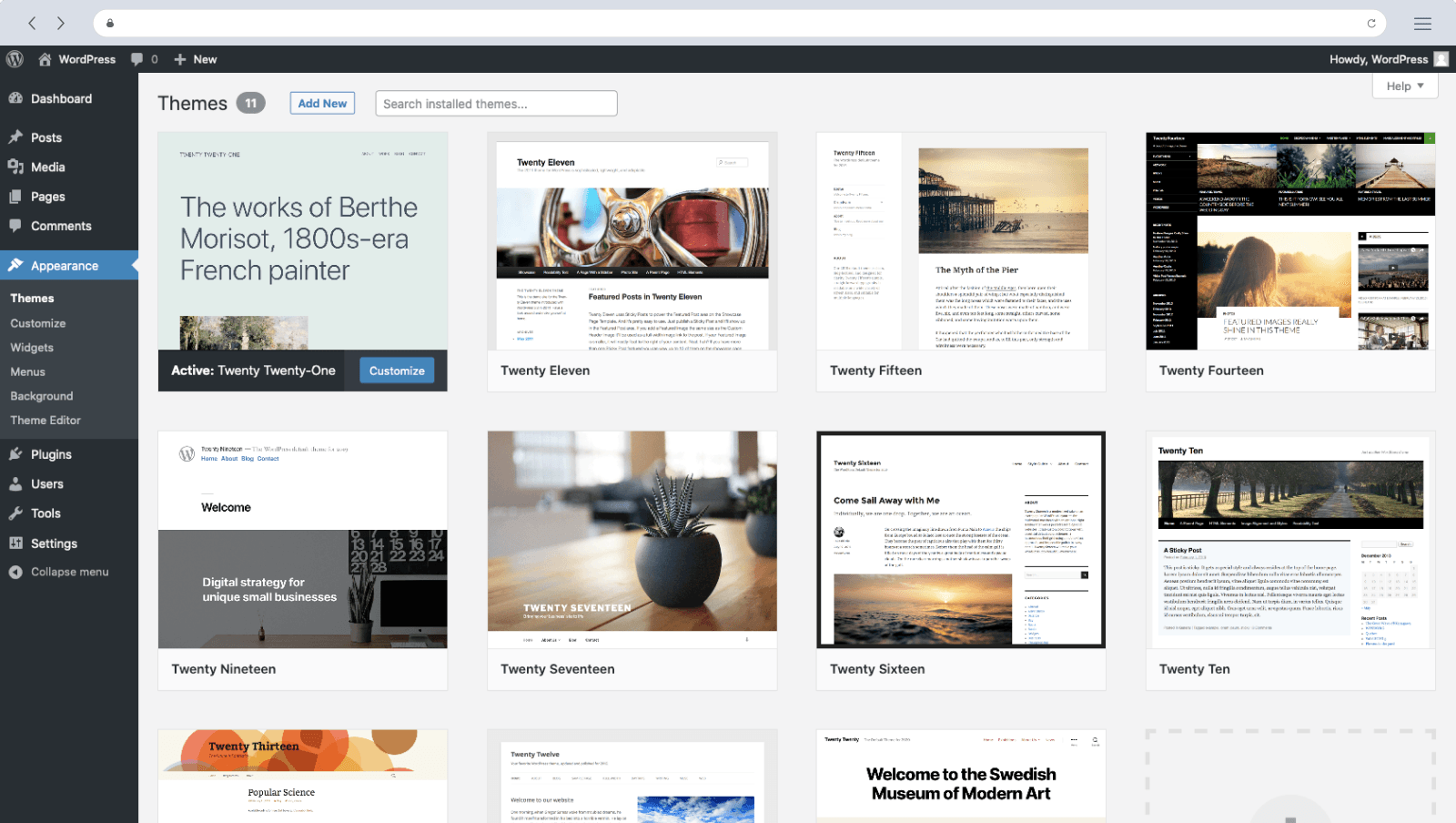1. Use your file supervisor Sci Burg or favored FTP client to locate a report named error_log and delete it. If you’ve not finished this cleanup earlier, the probability is that the report length is already strolling into GBs, which impacts the server reaction.
2. Next, turn off your hit monitoring tools, including AWStats and Webalizer, as bloggers mainly use Google Analytics, a consumer-facing monitoring code.
3. Enabling file compression is one of the top performance improvement steps. You can do this out of your panel (in the main option using the call ‘Optimize Website’). You must compress MIME document types ‘textual content/HTML textual content/undeniable text/XML text/javascript textual content/CSS.’
4. Next, you must ensure that your static content (consisting of subject pix) is downloaded faster by setting the content material expiry period on them for an extended duration. You can create. Htaccess documents are in respective folders with proper ExpriresDefault putting (Exact content material of access isn’t always in this article’s scope). I am transferring directly to the WordPress blog settings and subject optimization part.

5. As a first step, test whether your topic has non-performing code, including ‘Featured posts,’ which now and again loop through the posts series twice. Even the so-called search engine marketing optimized and expert themes have several non-appearing code portions. Another associated tip here is to apply the default ‘greater’ tag feature to the topic’s good judgment to show put-up excerpts.
6. Next, you must run through all your plugins and not simply disable but delete all unwanted ones. You have to be very careful in selecting your WordPress plugins, and as a good deal as viable, hold the variety of plugins below 12 or even 10. Another crucial factor right here is to keep away from plugins that use full-size database storage. For instance, some associate and content link advertising plugins duplicate your posts from time to time. As inside the theme case, non-performing plugins call for code to smooth up as nicely.
7. Reducing the variety of posts on the domestic page will truely make your homepage load faster. It would help if you arrived at a superior array of positions to reveal based totally on the general payload of your homepage. Something like 5-6 posts is good.
8. The usage of photos is desired to be optimized subsequently. As a great deal is viable, you must reduce the number of pictures in line with the page underneath ten. You have to mention the size (width and peak) of the photo each time you use them to help smooth and rapid rendering by way of the browser. Also, in no way ever use formats inclusive of BMP, but go for greater compressed GIF or PNG photo formats.
9. Compressing and consolidating the JavaScript documents is the next step for using the WP-Minify WordPress plugin. This requires careful implementation.
10. Reducing the range of ad blocks used is the last step. There are more roadblocks, way greater scripts, and DNS lookup/HTTP requests. Even Google’s AdSense javascript record is big, and hence, it influences the general overall performance.
Bonus tip:
Gravatar is something that you use very regularly in your WordPress commenting feature. When a particular commenter does not have a Gravatar photograph, it normally causes a redirection to fetch the default Gravatar image. When you have ten such commenters, it’s causing numerous redirect requests. You can optimize this by selecting the Discussion settings from your WordPress admin panel. Use the ‘Gravatar emblem’ in preference to the ‘Mystery guy’ as the default avatar. This causes the image to be automatically generated instead of inflicting HTTP redirects.

